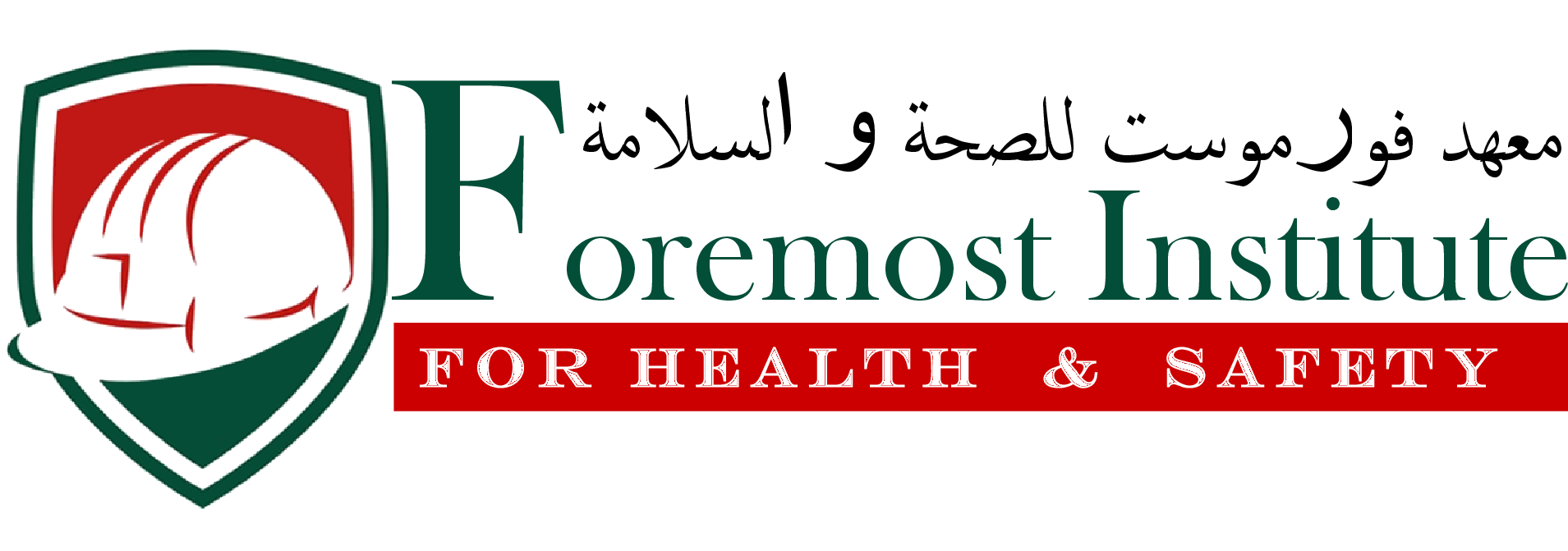Confined Space Entry Training, Safeguarding Lives with Safe Entry and Exit Procedures

Introduction
Confined space entry training is essential for workplace safety. It teaches people how to navigate small, enclosed areas without putting themselves at risk. When done correctly, this training can help prevent accidents and save lives.
In this article, we’ll cover everything you need to know about confined space entry training. We’ll explain why it’s important to follow the right procedures when entering and exiting confined spaces. We’ll also discuss key elements of this training, including:
- Confined space signage
- Gas monitoring
- Retrieval systems
By the end of this article, you’ll have a better understanding of how to stay safe in confined spaces. Let’s get started!
Fill the Form
Understanding Confined Spaces
Confined Space Gas Monitor are areas that are not designed for continuous human occupancy and have limited entry and exit points. These spaces pose various hazards such as poor ventilation, toxic gases, and the potential for engulfment. To ensure the safety of workers in confined spaces, specialized training is essential.
Confined Space Entry Training
The purpose of confined space entry training is to educate workers on the risks associated with confined spaces and provide them with the skills needed to work safely in these environments. The objectives of this training include:
- Developing an understanding of confined space hazards
- Learning safe entry and exit procedures
- Understanding emergency response protocols
Topics covered in confined space entry training typically include:
- Identification and classification of confined spaces
- Hazard recognition and assessment
- Control measures and safety procedures
- Communication and teamwork
Safe Entry and Exit Procedures
When it comes to working in confined spaces, following proper procedures for safe entry and exit is extremely important. Why & How learn with us….
Why Following Proper Procedures Matters
Following proper procedures is crucial for saving lives in confined spaces, Learn with us….
The Steps for Safe Entry and Exit
FIHS training content is a step-by-step guide that explains the general process for safe entry and exit in confined spaces for ex:
Preparation: Before going into a confined space, workers should carefully check the area for any potential hazards or risks, such as kind of gases in the and how we need to use confined space gas monitor, What are those and how do you find it and take precautionary measure to fight with it. Know with us in our training.
Equipment: Workers must have the right personal protective equipment (PPE) for the specific confined space they are going into. When we need to use breathing apparatus this we can know with the help of confined space gas monitor. How you can use them, FIHS will teach you in the training.
Communication: Having effective communication is very important during confined space entry and exit. How should you communicate in the confined space where mobile gadgets are not permitted. We will teach you.
Entry: When going into a confined space, workers must follow specific rules, which may include securing the area, checking confined space gas Monitor to check gas levels, and using proper access equipment, It’s covered in the training program.
Work Procedures: While inside the confined space, workers should follow approved work procedures and guidelines. FIHS will educate you on this in the training session.
Exit: When it’s time to leave the confined space, workers should follow the opposite order of entry procedures, What do you understand by “opposite order of entry procedures”?? Do you know about it? if not, This course will help you to know more about it.
Equipment Needed for Safe Entry and Exit
To make sure they can enter and exit confined spaces safely, workers may need to use different types of equipment. Some important equipment includes:
Gas Monitors, Ventilation Systems, Personal Protective Equipment (PPE), Lighting, Communication Devices.
In this course we will help you to know the above mentioned important equipment’s and their usage.
Why we need to use the equipment’s?
By using the right equipment and following proper procedures, workers can greatly reduce risks associated with confined spaces and make sure they stay safe.
Importance of Confined Space Signage and Certification
Confined spaces can be dangerous for workers if proper precautions are not taken. In this topic, we will let you know why signage is important for identifying confined spaces, the different types of signs used, and the certification requirements for working in these spaces.
Why Signage is Important for Identifying Confined Spaces?
Types of Signs Used for Confined Spaces?
There are several types of signs used to mark confined spaces. In this training you will know the types and it’s importance, Here are some common examples.
Warning Signs
Restricted Access Signs
Hazard Signs
By using a combination of these signs, How employers can effectively communicate the potential risks associated with confined spaces and reinforce safe entry practices is what the take away from this topic.
Conclusion
- In summary, mastering confined space entry training is crucial for safeguarding lives and ensuring the safety of workers in these hazardous environments, especially Confined Space Gas Monitor. How do we use it and know which gases are dangerious.
- Proper training and procedures are of utmost importance when it comes to confined spaces. It is vital to comply with legal requirements and undergo comprehensive training programs that cover topics such as:
- Confined space identification
- Hazard recognition
- Safe entry and exit procedures
- Gas monitoring
- Retrieval systems
to know more about confined space gas and how can it be detected with the help of monitors please click here..
By following safe entry and exit procedures, using appropriate equipment, and adhering to proper protocols, workers can significantly reduce the risks associated with confined spaces. Fill the form to book your training schedule.
